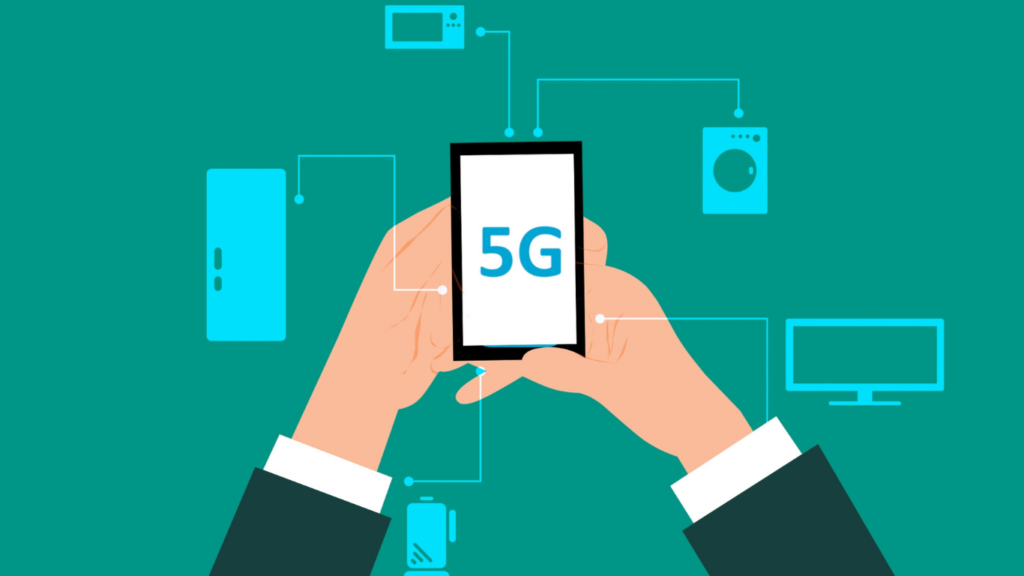In recent years, the evolution of augmented reality (AR) in mobile devices has revolutionized the way we interact with technology. From enhancing gaming experiences to transforming how we shop online, AR has seamlessly integrated virtual elements into our physical world.
As a tech enthusiast, I’ve witnessed firsthand the rapid advancements in AR technology and its widespread adoption across various industries. With the continuous improvements in hardware capabilities and software development, AR has become more accessible to the average consumer.
The ability to overlay digital information onto our real-world surroundings has opened up a realm of possibilities for entertainment, education, and practical applications. Join me as we delve into the exciting journey of how AR has evolved in mobile devices and its promising future ahead.
History of Augmented Reality
Exploring the history of augmented reality (AR) unveils a fascinating journey of technological advancements shaping our interactions with mobile devices. AR, dating back to the late 1960s, initially emerged in research labs as a concept to overlay virtual information onto the physical world.
It’s remarkable how AR has evolved from its nascent stages to becoming a ubiquitous feature in modern smartphones. In the early 2000s, with the rise of smartphones, AR gained momentum with the introduction of applications that utilized the device’s camera to superimpose digital content onto the real environment.
This marked a significant shift in how users engaged with their mobile devices, paving the way for more immersive experiences. The landmark moment for AR on mobile devices came with the launch of ARKit by Apple in 2017.
This software development kit allowed developers to create AR apps tailored for iOS devices, democratizing AR development and bringing it to the mainstream consumer market. Following this, Google introduced ARCore, a similar platform for Android devices, further expanding the reach of AR technology.
The historical timeline of AR in mobile devices showcases a relentless pursuit of innovation and accessibility, making augmented reality not just a futuristic concept but a tangible reality in the palm of our hands. As we delve deeper into the evolution of AR, we unravel a narrative of continual growth, promising a future where the boundaries between the physical and digital realms blur seamlessly.
Augmented Reality in Early Mobile Devices
Augmented Reality (AR) has a fascinating history on mobile devices, starting from its inception in the late 1960s. As technology advanced, AR found its way into mainstream adoption, with the introduction of AR applications on smartphones in the early 2000s.
Introduction of AR in Mobile Phones
I remember the excitement surrounding the introduction of AR in mobile phones. It was a game-changer, revolutionizing how we interacted with our devices.
Companies like Apple and Google played pivotal roles in bringing AR to the masses.
Limitations and Challenges
While AR in early mobile devices was groundbreaking, it also came with its set of challenges. Limited hardware capabilities posed obstacles to seamless AR experiences.
Additionally, the need for robust software development tools hindered the widespread adoption of AR technology.
Despite these challenges, the evolution of AR in mobile devices continued, paving the way for more sophisticated AR applications in the future.
Advancements in AR Technology
Augmented reality (AR) technology has seen notable advancements, particularly in hardware capabilities and software development, driving its integration into mobile devices.
Improvement in Hardware Capabilities
Enhancements in hardware capabilities have been pivotal in the evolution of AR on mobile devices. Mobile manufacturers have been continually improving key components such as processors, cameras, and sensors to support AR applications effectively.
For instance, the integration of depth-sensing cameras and LiDAR technology in recent smartphone models has significantly enhanced AR experiences by providing more accurate spatial mapping and scene recognition capabilities. These hardware upgrades have enabled smoother and more realistic AR overlays on the physical environment, creating immersive user experiences.
Influence on Mobile Applications
Augmented Reality (AR) has significantly impacted mobile applications, revolutionizing the way users interact with digital content on their devices. AR integration in mobile apps enhances user engagement by providing immersive and interactive experiences.
Companies are increasingly leveraging AR technology to develop innovative applications that offer unique functionalities and enhanced user experiences.
AR has transformed mobile gaming applications by introducing elements of the real world into the virtual gaming environment. Games like Pokémon Go have successfully blended AR with gameplay, allowing users to interact with virtual elements overlaid on real-world settings through their mobile devices.
This fusion of reality and digital content has created a new dimension in mobile gaming, attracting a diverse user base.
Apart from gaming, AR has also revolutionized industries like retail and e-commerce by offering virtual try-on experiences for products like:
- Clothing,
- Eyewear
- Furniture
Mobile apps with AR capabilities allow users to visualize how items would look in real life before making a purchase, enhancing the online shopping experience and reducing product returns.
Furthermore, AR has found applications in education and training mobile apps, enabling interactive learning experiences through 3D models, simulations, and visualizations. Students can engage with educational content in a more interactive and immersive way, enhancing their understanding and retention of complex concepts.
Overall, the influence of AR on mobile applications has led to a wave of innovation, transforming traditional app functionalities into interactive, engaging experiences that bridge the gap between the physical and digital worlds. As AR technology continues to advance, the possibilities for mobile applications are limitless, promising further enhancements and breakthroughs in user experiences.
Future Trends in Mobile AR Development
Exploring the future trends in mobile augmented reality (AR) development reveals exciting advancements poised to reshape user experiences across various industries. In the fast-evolving landscape of mobile AR technology, several key trends are expected to drive innovation and transform how users interact with the digital world.
- Enhanced Integration of Artificial Intelligence (AI) and Machine Learning: Leveraging AI algorithms and machine learning capabilities will play a crucial role in enhancing the functionality and performance of AR applications. By incorporating AI-driven features, mobile AR experiences can become more personalized, adaptive, and intuitive, enriching user engagement and immersion.
- Augmented Reality Cloud Services: The adoption of augmented reality cloud services is set to streamline the development and deployment of AR applications on mobile devices. Cloud-based AR platforms offer scalable solutions that reduce the processing burden on mobile devices, enabling real-time rendering of complex 3D graphics and interactive AR experiences.
- Improved Spatial Awareness and Object Recognition: Advancements in spatial mapping technologies and object recognition algorithms will empower mobile AR applications to better understand and interact with the physical environment. Enhanced spatial awareness capabilities, coupled with precise object recognition, will enable AR apps to deliver more accurate and contextually relevant overlays in real-time.
- Integration of 5G Technology for Seamless AR Experiences: The widespread adoption of 5G technology will unlock new possibilities for delivering seamless and immersive AR experiences on mobile devices. With ultra-low latency and high bandwidth support, 5G networks will enable faster data transfer rates, lower latency interactions, and enhanced spatial computing capabilities, transforming the way users engage with AR content.
- Gamification and Social AR Experiences: The future of mobile AR development will witness a surge in gamification elements and social AR experiences integrated into applications. By blending interactive gaming features and social engagement functionalities, developers can create compelling AR experiences that foster collaboration, competition, and community interaction among users.
Embracing these future trends in mobile AR development will pave the way for a new era of innovation and user engagement, offering transformative experiences that blur the boundaries between the physical and digital worlds.
As technology continues to evolve, the possibilities for enhancing mobile AR applications are limitless, opening doors to unprecedented levels of creativity and interaction in the realm of augmented reality.



